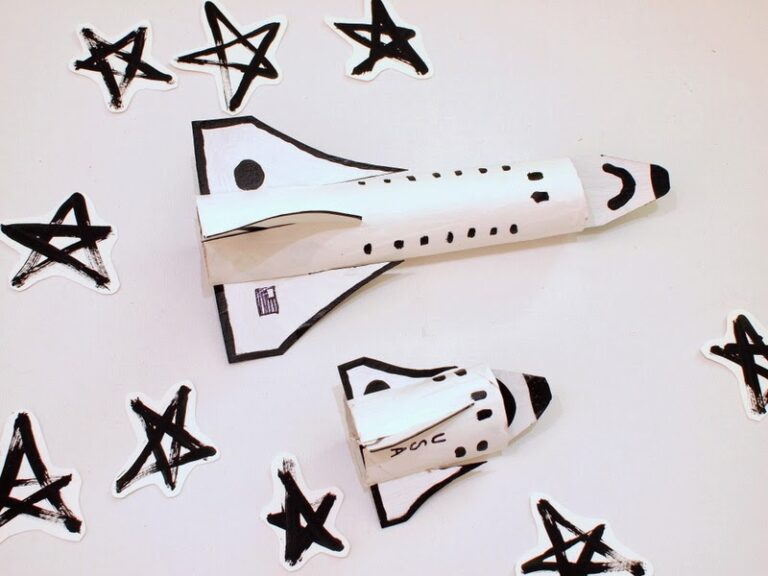Anúncios
Artisanal paper recycling plays a significant role in reducing solid waste and can even generate income opportunities for those who dedicate themselves to this practice. In Brazil, approximately 40% of urban waste is composed of paper, and unfortunately, much of this ends up being wasted in landfills. Recycling, whether industrial or artisanal, allows the reuse of this material, contributing to environmental preservation.
Recycling paper by hand not only prevents waste from being disposed of improperly, but also provides a creative and educational experience. Making recycled paper by hand, while not solving the problem of large volumes of discarded paper, allows people to experience the process of transforming waste into a new useful material. Paper that is not recycled by hand can be sent to waste pickers, scrap dealers or selective collection programs, ensuring that it is processed correctly in recycling plants.

Environmental Benefits of Paper Recycling
Paper recycling, whether done industrially or by hand, offers significant benefits to the environment. For every ton of paper recycled, approximately 60 adult trees, 2.5 barrels of oil and 30,000 liters of water are saved. In addition, paper recycling takes up less space in landfills, helping to reduce soil pollution.
Artisanal paper recycling also requires fewer resources than making paper from virgin pulp. Data shows that recycling reduces water pollution by 65% and air pollution by 26% compared to traditional paper production. These data reinforce the importance of promoting recycling, both industrial and artisanal, to mitigate the environmental impacts of paper production.
Step by Step Guide to Artisanal Paper Recycling
For those who want to start recycling paper at home, the process is relatively simple and can be done with materials that are easily found at home. In addition to being a fun and educational activity, recycling paper at home allows anyone to do their part in preserving the environment.
You will need discarded paper (such as boxes, sheets, newspapers or magazines), a blender, a deep basin, a plastic sieve or wooden screen, newspapers to dry the paper, old rags and containers to organize the different types of paper. The first step is to shred the paper and soak it in water for 24 hours. This helps to soften the material, making it easier to turn into new paper pulp.
After soaking, the mixture should be blended in a blender until the desired texture is obtained. This process varies depending on the type of paper you want to produce — more homogeneous or with small particles of the original material. Once the mixture is ready, it should be poured into the basin with water and then “fished out” with the sieve or screen, forming the new sheet of paper.
Customizing Recycled Paper
One of the great advantages of recycling paper by hand is the possibility of personalizing the recycled material. The process allows you to create unique sheets of paper, with different textures and colors, depending on the types of paper used in the process. You can add different elements, such as dried flowers or fragments of color, to create a more artistic and decorative paper.
After forming the sheet with the sieve, the paper must be pressed and dried on newspaper sheets, changing them as the paper releases water. This drying process can take a day, and the new sheet can be used in various activities, such as writing, painting, gluing and even folding.
Furthermore, artisanal paper recycling is an excellent opportunity to create unique products that can be sold at craft fairs or markets. Artisanal recycled paper has a distinctive aesthetic and is valued by consumers looking for sustainable products.
Sustainability in Practice with Artisanal Paper Recycling
In addition to being a creative activity, recycling paper by hand reinforces the concept of sustainability in practice. By reusing paper that would otherwise be discarded, you reduce waste and directly contribute to reducing the amount of waste in landfills. This process not only minimizes environmental impact, but also raises awareness about the importance of recycling and conscious consumption.
Instead of simply throwing away used paper, recycling allows these materials to gain new life by being transformed into useful products again. The sustainable cycle is completed when the materials are disposed of correctly, such as by sending non-recycled waste to selective collection.
Turning Recycling into a Source of Income
Paper recycling can go beyond a hobby or household activity and can be turned into a profitable business. Recycled paper is valued by consumers who are looking for eco-friendly, handmade products. With a little creativity, you can turn paper recycling into a business opportunity.
In addition to selling recycled paper sheets, you can create products such as notebooks, cards, envelopes and personalized invitations. These items, which are handmade and sustainable, have great appeal in the eco-friendly market, and many consumers are willing to pay more for items that help preserve the environment.
Final Considerations on Artisanal Paper Recycling
The practice of recycling paper at home not only helps reduce environmental impact, but also promotes an educational and creative process. By recycling paper at home, you learn more about the life cycle of materials and have the opportunity to experience the transformation of waste into something new and useful.
This process, in addition to being a way to preserve the environment, can also be a fun and profitable activity. Whether to produce recycled paper for your own use or to sell handmade products, artisanal paper recycling offers countless possibilities and benefits.
Adopting artisanal paper recycling in our daily lives can make a significant difference in combating waste, promoting more conscious and responsible consumption. Whether through personalizing paper or transforming waste into artistic and sustainable products, this practice contributes to a greener and more balanced future.
Check out other interesting facts about recycling clicking here.
Learn how to make art by recycling, Click here.




